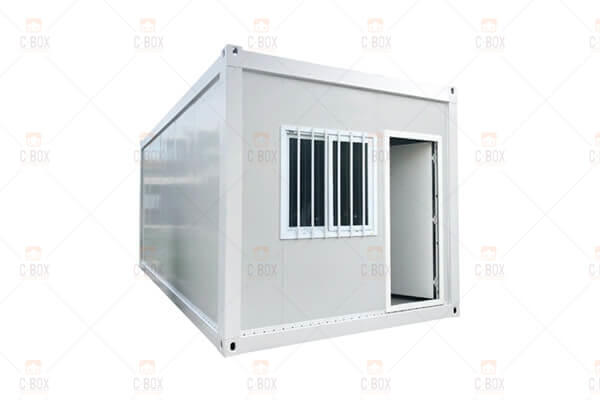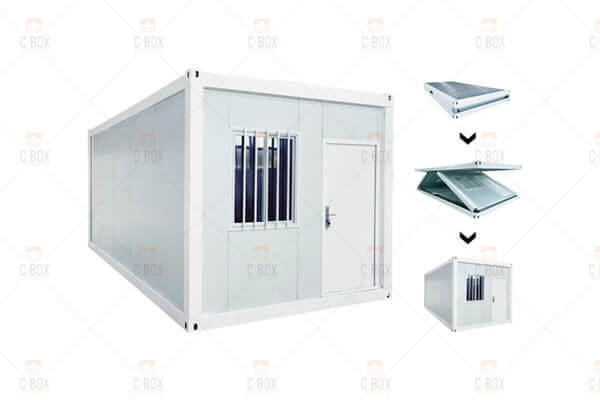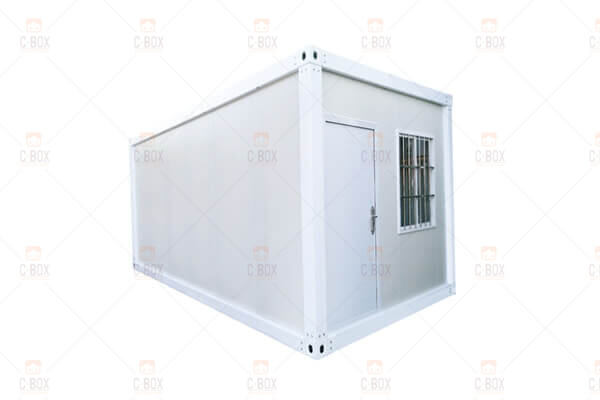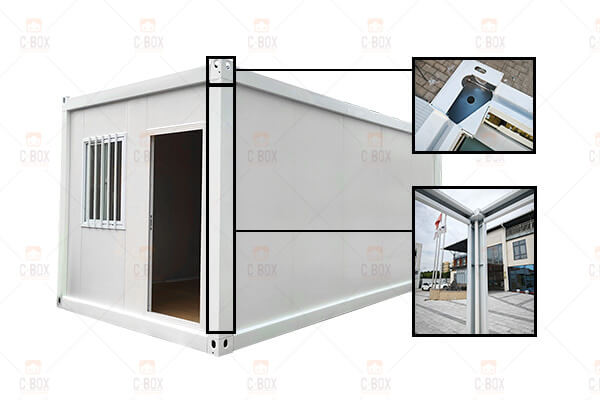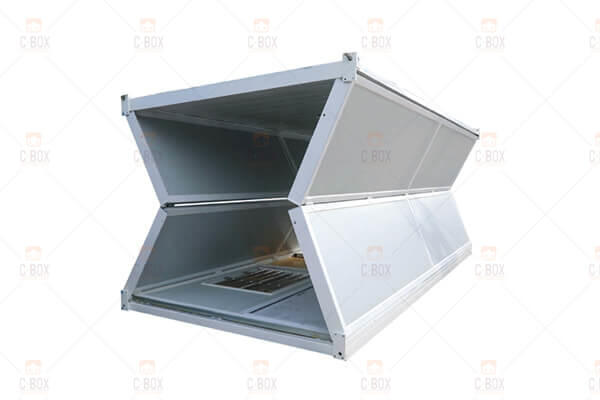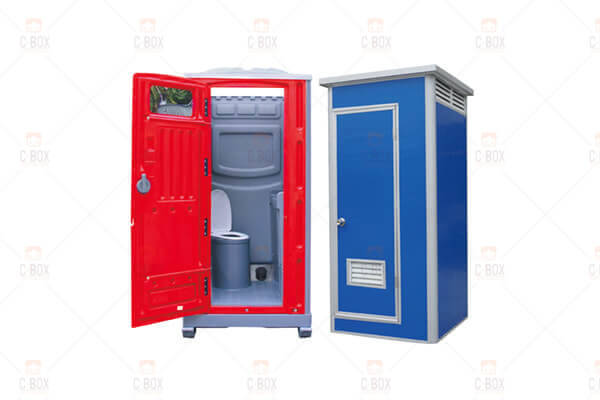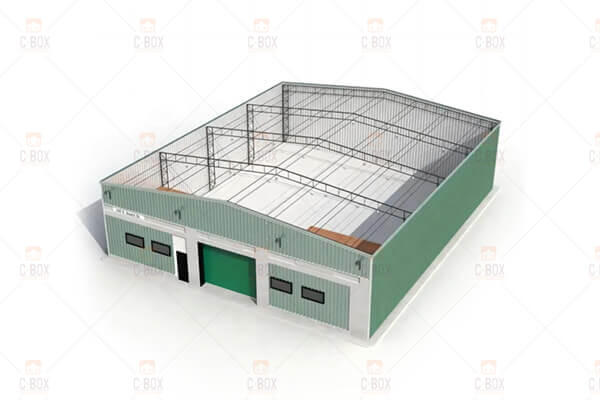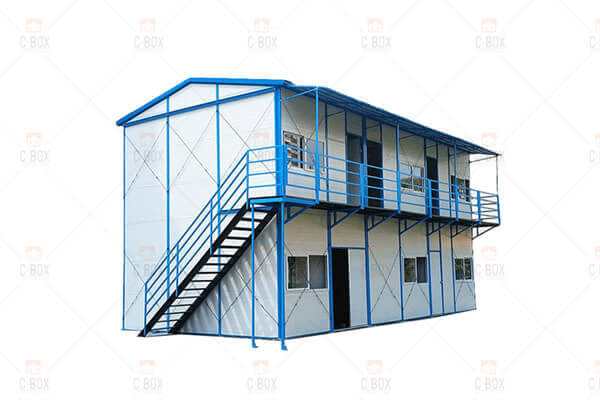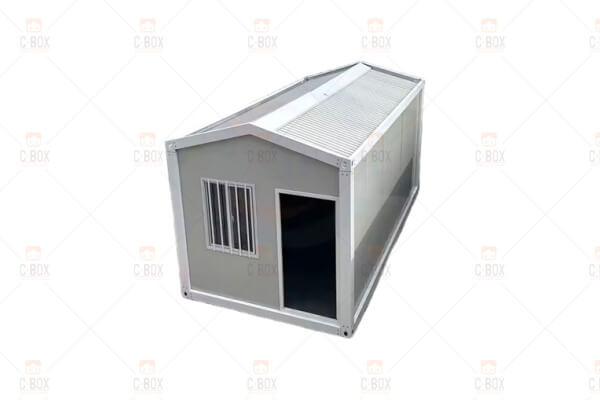How Container Houses Can Revolutionize Sustainable Housing at the Paris Olympics

The Paris Olympics are about to kick off, with the opening ceremony scheduled for July 26 at 7:30 a.m. local time. In this Olympics, the organizers are committed to organizing the Olympics with fewer resources, adhering to the strategy of circular economy. By promoting eco-design, making better use of these resources, and ensuring the second life of resources after the Olympics, the organizers are committed to reducing the carbon footprint of the Olympics and providing a sustainable lifestyle that goes beyond sports. This sustainable lifestyle is reflected in all aspects, such as “clothing”, “food”, “housing”, and “transportation”. Today we are going to discuss the sustainable development of “housing”.
During the Olympic Games, using container houses to achieve sustainable development is a very promising solution.
Here are some specific implementation methods with container houses:
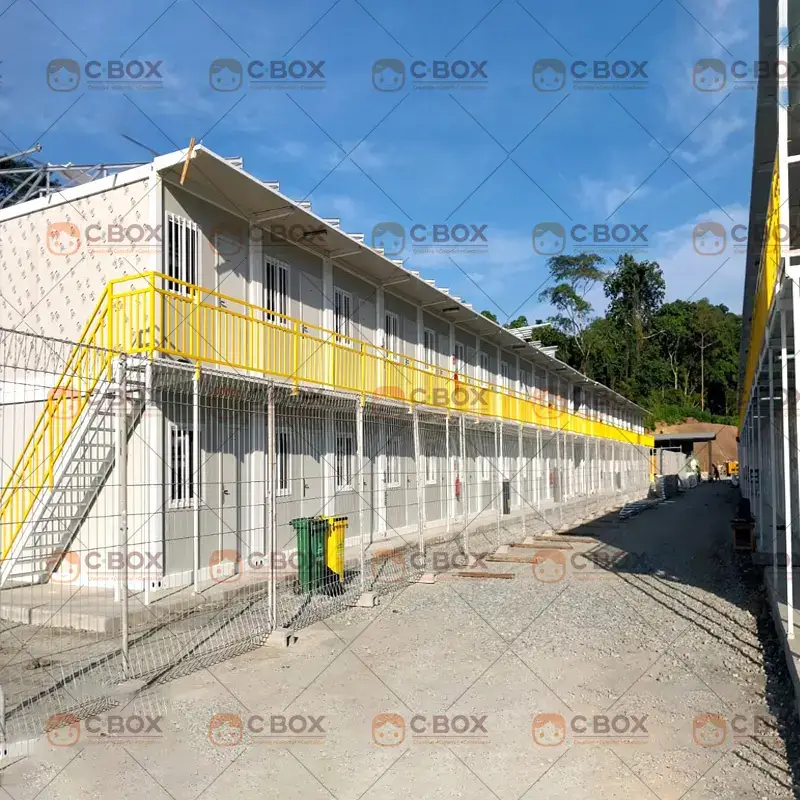
1. Efficient use of resources
Container houses are made by transforming existing abandoned or idle containers, reducing the use of new building materials, and reducing the consumption of natural resources. The containers themselves are made of strong steel, are durable, and can adapt to various weather conditions. By transforming these containers, they can be turned into comfortable living spaces. This not only saves resources but also reduces the generation of construction waste, which is in line with the concept of circular economy.
2. Quick construction and dismantling
Container houses have the advantage of quick construction and dismantling, which is very suitable for temporary accommodation needs during the Olympic Games. Traditional buildings take a long time to build and are costly, while container houses can be prefabricated in factories and can be put into use after simple assembly on-site. After the game, these container houses can be quickly dismantled and reused without the need for long construction and cleanup processes, reducing the impact on the environment.
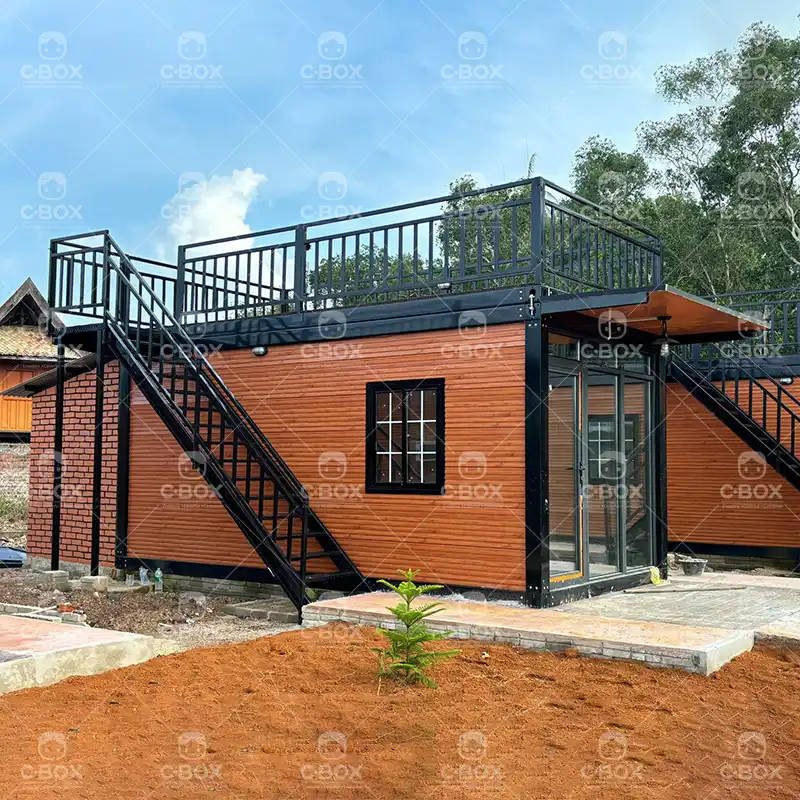
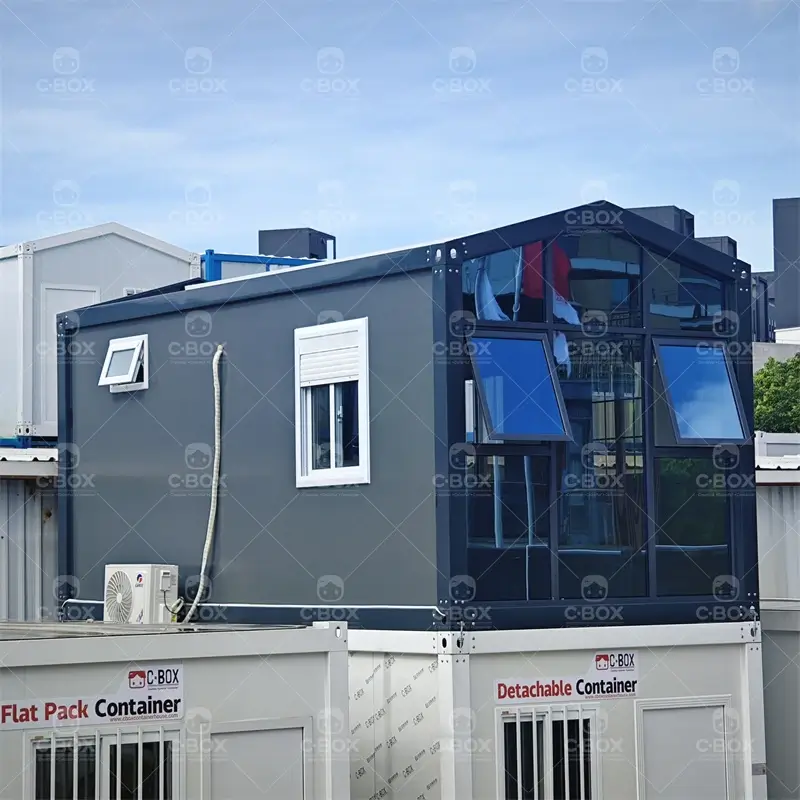
3. Modular design
The modular design of container houses makes them very flexible in terms of use functions, and they can be combined and configured according to different needs. For example, athletes’ villages, media centers, medical stations, etc. can all be realized through modular container houses, which not only meet multiple uses but also reduce the waste of duplicate construction. Modular design also makes expansion and reduction more convenient and can be adjusted according to actual needs.
4. Energy efficiency
By installing solar panels and rainwater collection systems on container houses, natural resources can be effectively utilized to achieve energy self-sufficiency. Container houses can also be equipped with efficient insulation materials and ventilation systems to reduce energy consumption and improve living comfort. For example, solar panels can provide lighting and electricity for houses, while rainwater collection systems can be used to water plants and flush toilets, reducing dependence on municipal water supply.
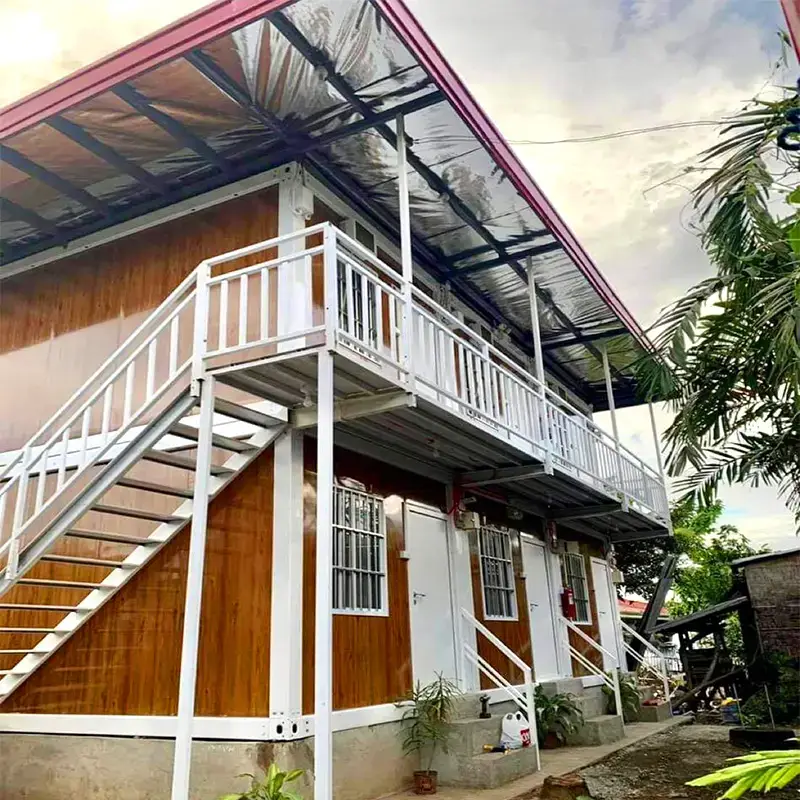
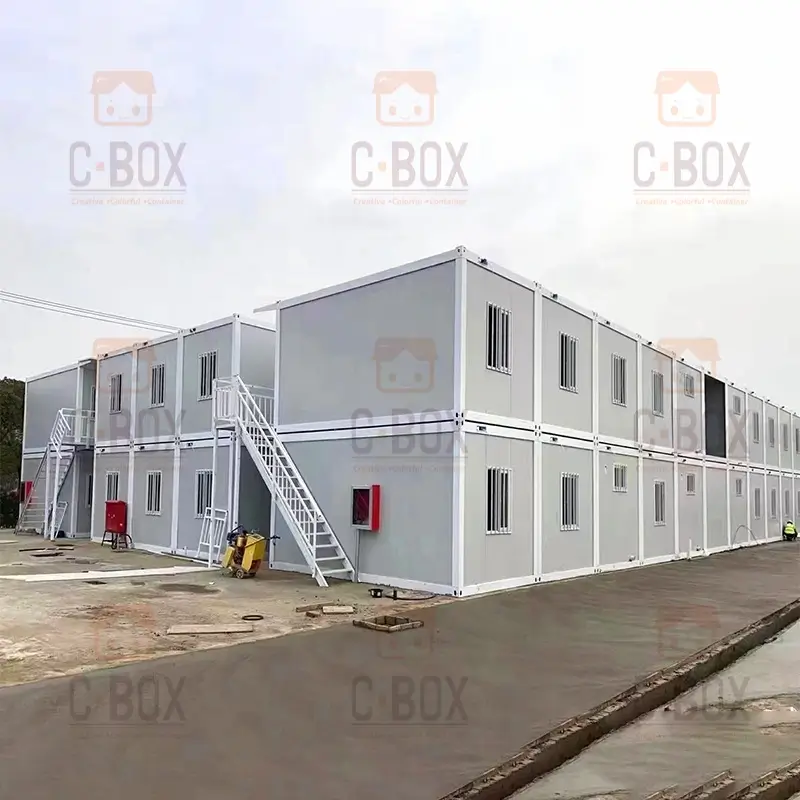
5. Ecological design
Container houses can incorporate ecological design concepts, such as using environmentally friendly building materials, setting up green roofs, and vertical greening, which not only beautify the environment but also enhance the ecological value of buildings. Green roofs and vertical greening can effectively reduce the temperature of houses and reduce the use of air conditioners, thereby reducing energy consumption. In addition, green plants can also improve air quality and provide a healthier living environment.
6. Mobility
The mobility of container houses allows them to be redeployed to other places where they are needed after the event, such as disaster areas, schools or medical facilities in remote areas, etc., to achieve resource reuse and maximize social benefits. For example, after a natural disaster, container houses can be quickly transported to the disaster area to provide temporary housing for the affected people and help them overcome difficulties.
Through the above measures, container houses can not only provide comfortable and environmentally friendly living spaces for athletes, media, and staff during the 2024 Paris Olympics but also continue to play a role after the game, promoting the dissemination and practice of the concept of sustainable development around the world. In this way, the Olympics is not only a sports feast, but also a powerful demonstration of a sustainable lifestyle. In the future, we hope to see more similar environmental protection measures applied to large-scale international events, so that each Olympic Games is not only a sports event, but also a model of environmental protection and sustainable development. Through continuous exploration and innovation, we have reason to believe that a greener and more environmentally friendly future is coming to us.

